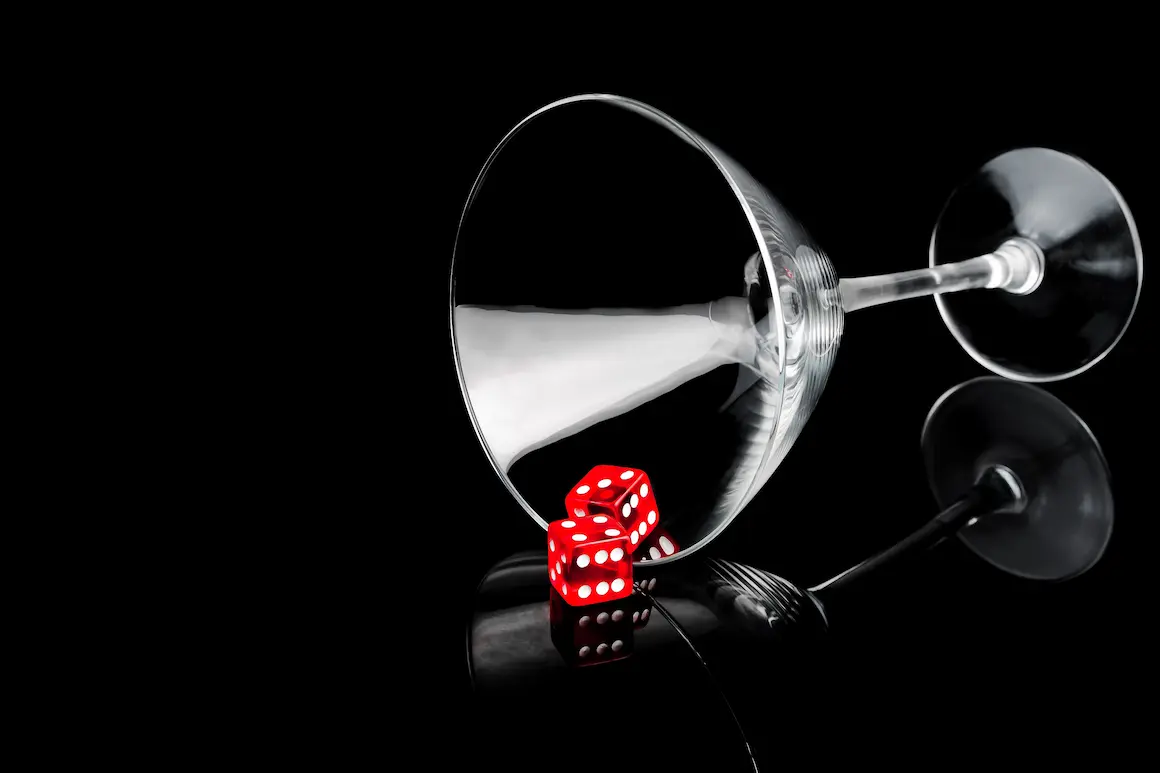Poker tournaments can consist of a few or even tens of thousands of players, which is why they can go on for a very long time. Some participants, after spending ten hours in the game, may find themselves in an unpleasant situation when there are literally a few places left before the prize stage, but they never get to the final table, losing the paid buy-in and the chance for a big win.
In order to avoid such situations, professionals advise using the right strategies for each of the periods of the competition. And special attention should be paid to the stage before the prize zone.
What is the Bubble in poker

Let’s deal with the interpretation of the definition of Bubble in poker – this is the name of the stage at which the participant has literally a couple of people left before entering the “prize money”. That is, at the Bubble stage, the last participants of the event who will not participate in the prize draw are eliminated.
In large events, the Bubble can contain up to a hundred players. If the tournament itself is not large and few people take part in it, then the Bubble is a stage where there is only one “missing” one, before the prize line. In poker, there is a fitting definition of a bubble-boy.
How to play the Bubble
The main factor influencing the choice of a suitable strategy for playing Buble poker is the ratio of the player’s stack to the size of the blinds, this applies to all participants. Note that the situation when at this stage of the game the participants have approximately equal stacks hardly ever happens.
Let’s see what the professionals have to say to players with different stacks – short, medium and big chip leaders.
Having entered the Bubble with a small – short stack, a participant cannot afford many styles – he is forced to either go all-in, making an all-in decision, or fold and fold his cards. If he starts calling, he’ll just run out of chips. You can afford to go all-in if you have a late position at the table, a strong enough hand and you are playing against one opponent.
Medium stacks on the bubble can choose to play tight, only showing aggression against indecisive opponents with medium or short stacks.
Keep an eye on your stack, not only do you need to cash in, but you also need to have enough chips with you to play at the final table. When competing with tight players, try to provoke them to fold even before the showdown.
If your stack is above the average at this stage, but not the maximum – you need to combine the style of your decisions regarding those who have more chips and those who have them less than you. Use a tight style for more “wealthy” players, avoiding unnecessary risks, enter the hand only with a good hand. And for opponents with a shorter stack, you can add aggressive moves to your playing behavior – since the opponent is unlikely to decide to risk with a small amount of chips.
The players with the largest or chipleading stack – those with the most chips at the table – can afford to play really aggressively. This is explained by the fact that on the Bubble the main task of each player is to survive the stage and get into the prize zone, and everyone will be careful when playing with the chip leader. Unlike his opponents, he feels more confident and can more easily make decisions by raising his bets and raises. It is unlikely that a short or medium stacker will be able to win his pot at this stage of the tournament.
Bubble Strategy
Knowing what Bubble is in poker and understanding how prizes are important for you and other opponents, you can choose the optimal strategy for playing at this stage of the tournament. It directly depends on the size of the player’s stack in relation to the blinds and opponents who are at the same table with it:
- Leading stack – if a poker player has the largest number of chips among all participants or at the table he plays at, he can play the most aggressive game. None of the opponents can knock such a player out of the event, however, he can take all the chips from any of them, which makes him a particularly dangerous opponent. This should be used to your advantage, as rivals will be wary of bidding and risking high stakes.
- Above average – if the poker player’s stack is higher than the average for the tournament, but not the highest at the table, it is necessary to divide opponents into those who are dangerous and those who can be played aggressively against.
- You should be careful to enter trades if an opponent with a stack larger than yours entered them. Against opponents who have fewer chips, you can play aggressively, as they will fold more often, giving up the pot from mandatory bets.
- Medium – It is recommended to choose a waiting tactic of the game, adhering to the maximum tight range of hands. Such a player has a high chance of reaching the prize zone. However, it’s worth bearing in mind that if Bubble drags on for long periods of time, the blinds can get to you several times. It can ruin the stack and worsen your position – even if you reach the prize area, you can only count on last places in it, as it will be difficult to increase the stack enough to make it to the final table. Therefore, you should not miss situations that allow you to increase your stack. Aggression with good starting cards is best against players with the same average stacks or those who are better positioned but play tight because they are afraid of being short stacked. Stacking comes down to stealing the blinds from late positions – Button, Cut-off and less often Hijack.
- Short stack – Your bets will not pose a threat to most opponents at the table. Everyone will be waiting for you to fly out of the event. If you bet all-in, you can get Call bets from several opponents at once. Therefore, the best option is to call with good cards from the other aggressor’s late position to bet. This allows you to limit the number of opponents who entered the auction. If you bet first, you can get a multipot. Comparing the rate of the aggressor, most likely, will be in hand with him one on one, which will increase your chances of winning.
Using the tournament lobby, you can find out how many chips each opponent has in an event.
Buble poker – game tips

Professional players believe that there are several basic recommendations for tournament poker players on how to get through the Bubble stage easier and more comfortably. The player must constantly monitor the size of his stack. It is very important to consider your position at the poker table when making certain decisions.
Keep track of periods of increased blinds – this may affect the size of your mandatory bet. In order to avoid the coincidence of you in the blind position with their increase, it will be optimal to adjust the game accordingly – do not delay the decisions and drawing.
Note that in some tournaments two types of distributions are held – synchronous and arbitrary. So here is the first option, when at all available tables the distributions begin and end according to the scheme – everyone finishes one, and only then everyone starts a new one – there is no point in protracted decision making – just “wait out” the Bubble stage and get to the coveted prize table will not work. Wasting time can cost you your stack, remember that blinds increase without fail.
He/Him
19
350 articlesKristaps is an expert in the field of online casinos. Since the age of 20, he has been interested in casino games; poker and blackjack are his favorites. Thanks to his studies and work experience, he has found himself a gambling critic and analyst. He likes to share his own authentic experience with the audience, so his articles are very informative. Kristaps' lifelong dream is to participate in a poker tournament in Las Vegas.
Nationality
latvian
Lives In
Latvia
University
University of Latvia
Degree
International Marketing and Advertising
More info on Kristaps Gauja






 kristaps.gauja@casinobaltics.com
kristaps.gauja@casinobaltics.com 
